Spiral galaxies have long “arms” containing hundreds of millions of stars that extend out away from the central region of the galaxy. Since we “assume” that there is more mass closer to the central region of the galaxy, we can apply Newtons inverse gravitational law and predict that the part of the arm closest to the galaxy’s center will orbit the galaxy faster than the distal ends of the arms (more mass = more rotational speed).
The following article has been reblogged with permission from Creation Unfolding. The views expressed in this article reflect those of the author, and not necessarily those of New Creation.
If you started with a galaxy where all the arms were stuck straight out perpendicular to the galaxy’s center (just simplifying things), then this means that the parts of the arms closest to the galaxy’s center would orbit at a faster rate with respect to the parts of the arms farther away from the galaxy’s center. Result: a galaxy that gets wound up tight.
Scientists can calculate a galaxy’s mass using the visible light emanating from the galaxy. Using Newton’s law and extrapolating the “wind-up” rate backwards, scientists have arrived at “ages” for many galaxies in the hundreds of millions to a maximum of a few billion years. This is about 10 billion years short of the conventional age of the universe.
To counter this discrepancy, scientists propose the existence of dark matter (it is not visibly detectible) that supposedly exists in the distal ends of the arms. This would allow the outer parts of the arms to orbit the galaxy’s center at a rate similar to that of the proximal parts of the arms. A “winding-up” would still occur, but at a much slower rate.
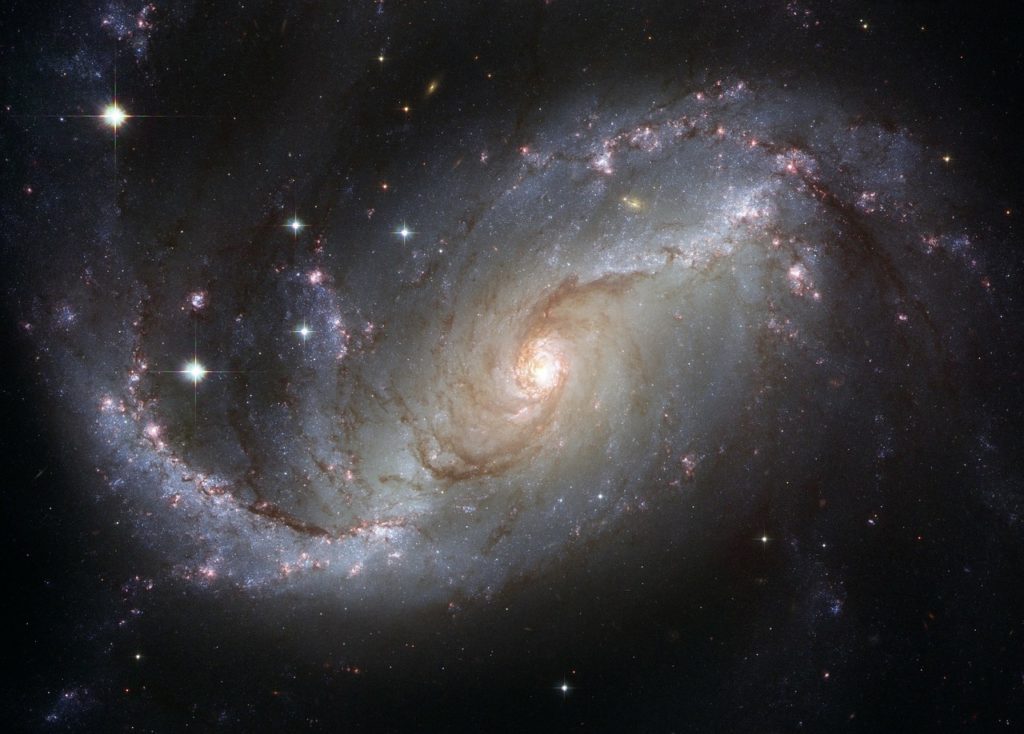
Young-earth creationists have been quick to attack the dark matter hypothesis for the purpose of “proving” that the universe is young.
I personally, don’t think creationists should use this example. Why?
First, what is really gained by pointing out this anomaly? What’s the difference if the “age” of the universe is 2 billion years or 14 billion years? This only “proves” that the universe is not 14.6 billion years old.
Second, it seems that some data has come to light that now “supports” the existence of dark matter. More and more creationists have been quick to “defend” this new data including Answers in Genesis astronomer Danny Faulkner (Faulkner 2018).
Footnotes
Faulkner, D.R. 2018. “The current state of Creation Astronomy II.” In Proceedings of the Eighth International Conference on Creationism, ed. J.H. Whitmore, pp. 36–45. Pittsburgh, Pennsylvania: Creation Science Fellowship.

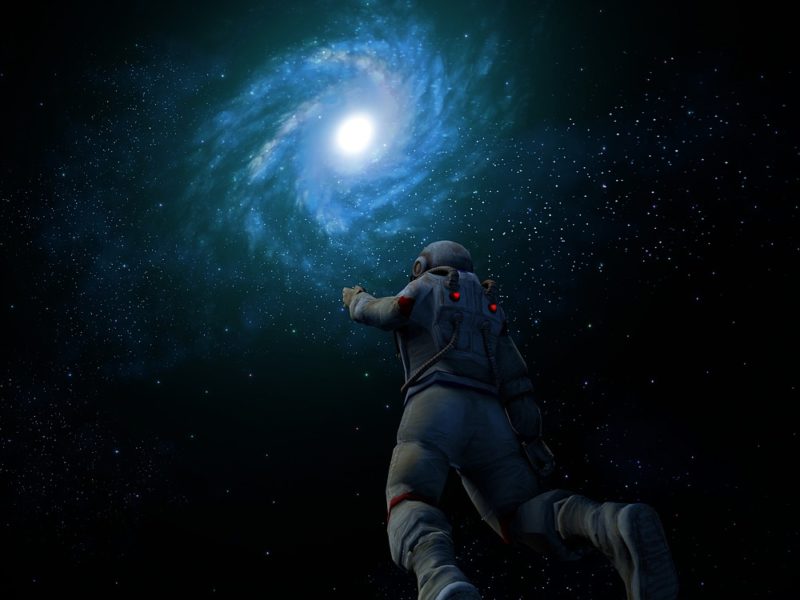

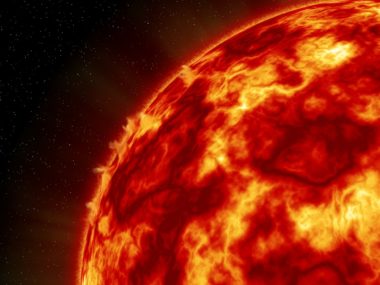

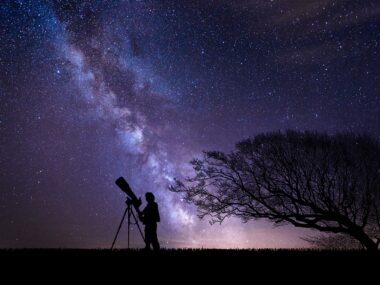
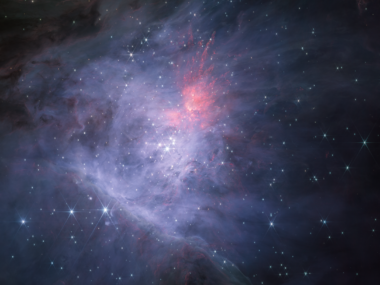
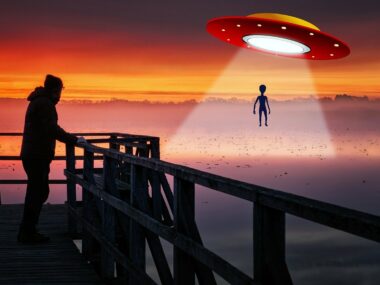




Lol even though you titled this fairly, the article is little deceptive don’t you think? It starts out saying spiral galaxies are evidence for YEC and then ends with this isn’t good evidence. I feel like it could have been written much differently. It leaves YEC people (the ones following Is Genesis History) feeling kind of stupid.
Hi Hank,
I’m sorry that you were disappointed in this article. I think that its intent is to caution us against using unsound evidence or theories to support young earth creationism. Since there is plenty of solid evidence that aligns with young earth creationism, there is no need to resort to evidence that is weak or problematic.